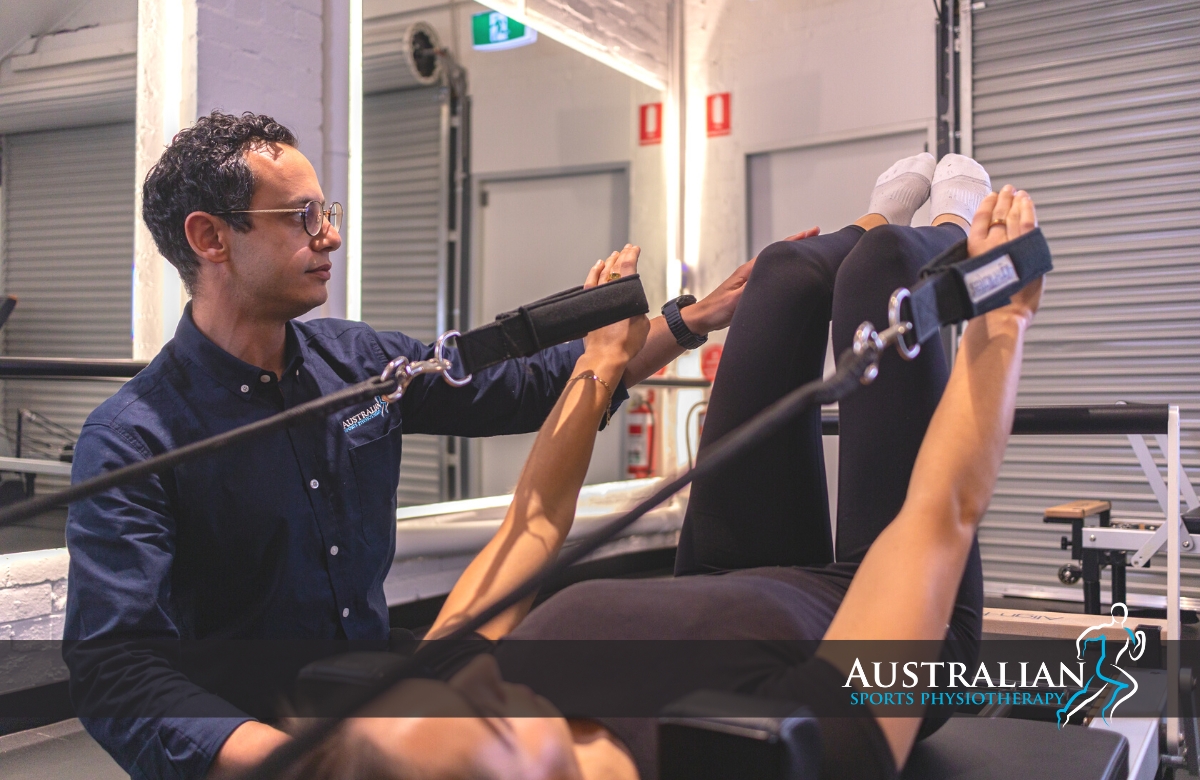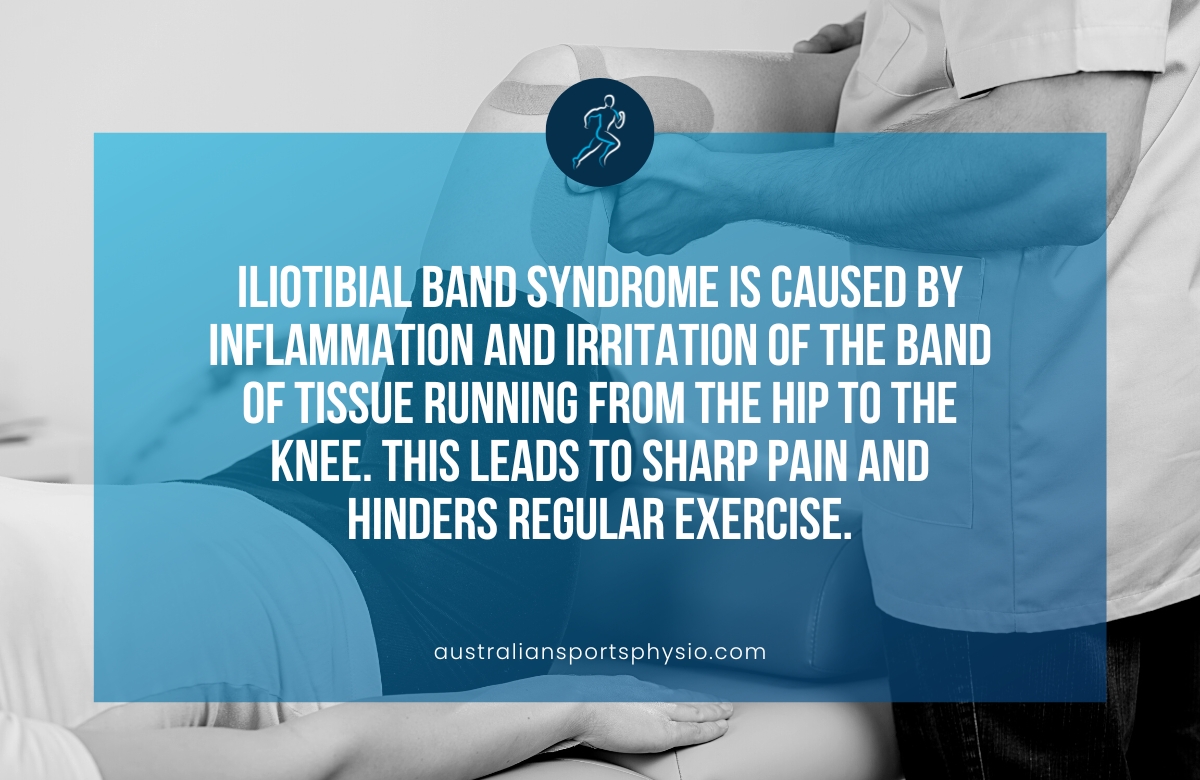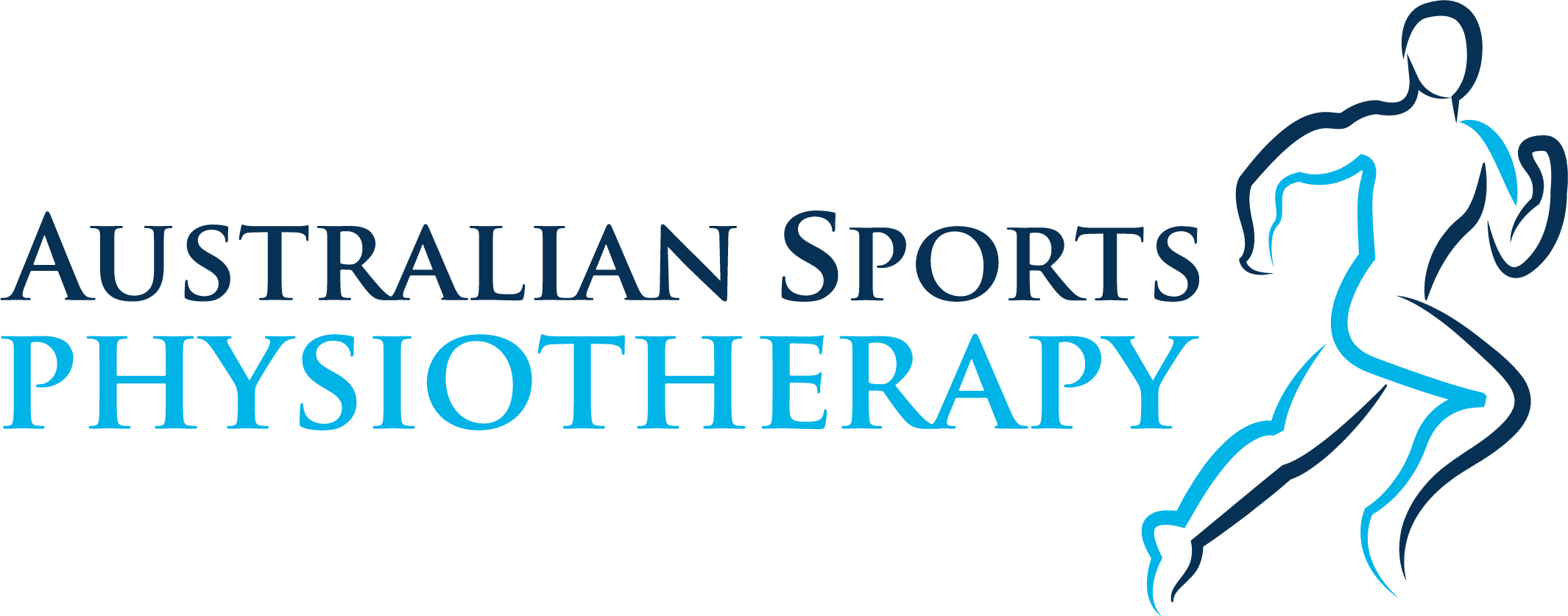Are you experiencing pain or discomfort on the outside of your knee during physical activity? You may suffer from iliotibial band (ITB) syndrome, a common injury among athletes and runners. But fear not because physiotherapy can be a highly effective treatment option for this condition.
Iliotibial band syndrome is a condition that occurs when the iliotibial band, a thick band of tissue that runs from the hip to the knee, becomes inflamed and irritated. This can result in sharp pain and discomfort, making it difficult to continue your regular exercise routine.
If you’re struggling with ITB syndrome, physiotherapy can be a game-changer. It focuses on addressing the root cause of the problem and providing targeted treatments to alleviate pain and promote healing.
What is the iliotibial band (ITB)?
The iliotibial band (IT band or ITB) comprises extraordinarily strong fibrous fascia.
It extends from the top of the pelvis, down the side of the hip, and joins to the outside of the knee and kneecap.
The gluteus maximus, tensor fasciae latae, and lateral quadriceps are all muscles that join the IT band. When these muscles become stiff and inflexible, they pull the IT band taut, and individuals mistakenly blame the IT band for being “too tight.” It is, in fact, the fault of the muscles linked to the IT band.
When you jump, walk or run, it helps to stabilise your pelvis (keeps it level).
Common causes of ITB syndrome
IT band syndrome occurs when the IT band is squeezed too tightly around the outside of the knee, causing it to squish and scrape on the bone as you bend and straighten your knee during jogging.
This may be due to increased force on the knee due to increased activity, or even due to over-recruitment of the IT band to over stabilise the hip.
It can even be caused by direct mechanical force such as a fall or taking a hit in a sport such as soccer.
Common symptoms of ITB syndrome
- Pain on the outside of the knee that is sharp or searing
- As the knee bends and straightens, there could be a snapping sensation.
- Pain caused by physical activity, such as jogging a long distance or downhill
- Pain that persists after physical exercise
- Tightness and soreness on the exterior of the hip occur on occasion.
- The pain is usually most intense when the knee is slightly bent before or after the heel contacts the floor. The ITB rubs the most on the femur at this point.
Common risk factors for ITB syndrome
- Tight muscles in the glute max, TFL, and lateral quad can cause ITB issues.
- Weak hip muscles can cause pelvis and knee instability leading to ITB tightness.
- Excessive pronation can cause the lower leg to turn in, tightening the ITB against the outer knee.
- Downhill running and running on inclines can cause the ITB to pull tight.
- Legs of different lengths can cause the more extended leg’s ITB to pull tight.
How do you rehab iliotibial band syndrome?
- Putting ice on the IT band.
- Resting and avoiding activities that exacerbate the IT band are recommended.
- Massaging the area.
- Foam rolling.
- By being treated by a physiotherapist.
Physiotherapy for ITB syndrome
A physiotherapist can help you relieve pain and inflammation while improving your strength and technique to lessen the likelihood of recurrence.
Your treatment plan will be tailored to your specific situation, but it may include the following:
- Load management and pain relief.
- Manual treatment helps restore hip and knee joint range and motion.
- Exercises to address specific strength deficiencies and biomechanical flaws. This could entail strengthening the knee, hip, and leg muscles to increase running economy.
- Warm-up, cool-down, and training routine advice.
- Exercises to develop proprioception (awareness of one’s body position), agility, and balance.
- Consideration should be given to appropriate footwear.

Final Thoughts on Physio For Iliotibial Band Syndrome
If you’re struggling with ITB syndrome, physiotherapy is your secret weapon for recovery. By addressing the root causes, strengthening your muscles, and improving your flexibility, you can say goodbye to that nagging pain and get back to doing what you love.
So don’t let ITB syndrome slow you down – take charge of your recovery and get back on track to a pain-free life!









